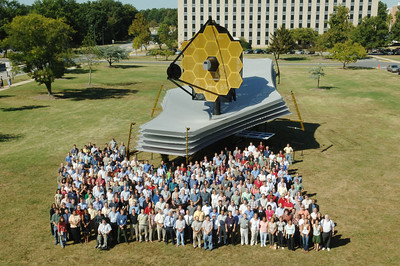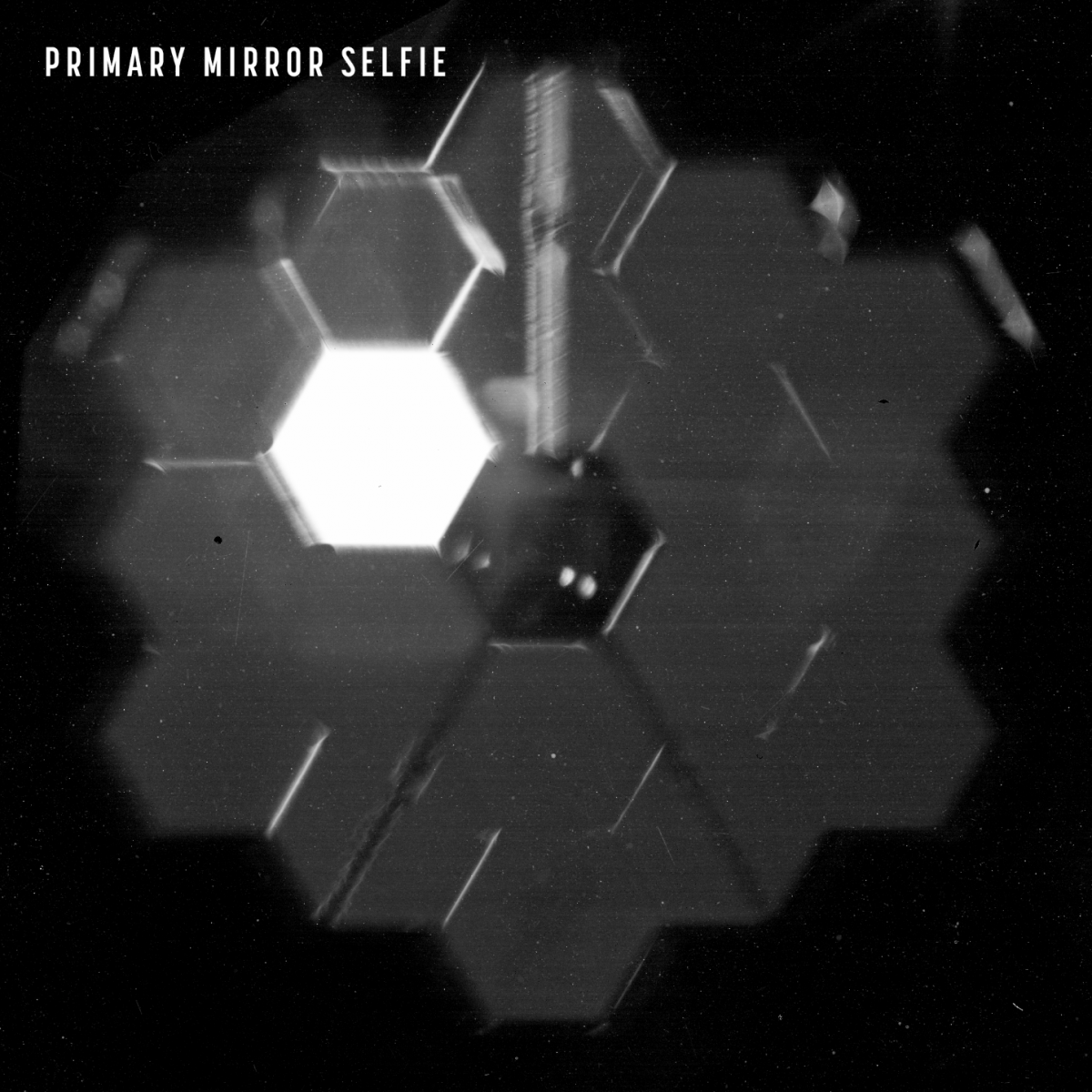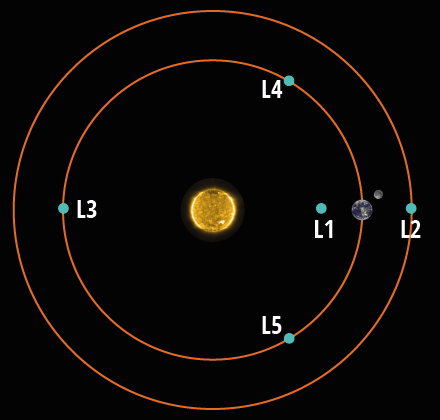James Webb Space Telescope (JWST)

Credit: NASA
The James Webb Space Telescope (JWST) is an orbiting observatory designed by NASA, the European Space Agency, and the Canadian Space Agency. It launched on 25th December 2021.
JWST is a successor to the Hubble Space Telescope (HST). JWST has a larger mirror than the HST which allows it to see fainter objects and smaller detail. It can also observe longer wavelengths of light (infrared) than the HST.
The first set of results from the fully calibrated telescope were released on 12th July 2022. The data included an image of the faintest objects ever observed in infrared wavelengths, and evidence for water in the atmosphere of an exoplanet! View all the latest images here.
What is the JWST used for?
JWST has been built to look back in time to the early Universe. What did the first stars and galaxies look like? How do stars and galaxies evolve? Do planets like Earth orbit other stars? Can we learn anything about dark matter and dark energy? Over the course of its mission (5 and a half to 10 years), the JWST will collect data to help scientists answer these questions. And probably many more!
The entire telescope has a mass of around 6,200 kg. This is about the same as an African Bush Elephant! It includes a 6.5 metre diameter mirror which collects light from space.
JWST’s huge mirror is made of 18 hexagonal segments. These unfolded and adjusted in space to form one large mirror. JWST also has a tennis court sized sun-shield. This stops light from the Sun (and reflected off the Earth and Moon) from heating up its detectors. The detectors must be kept at a cool −266 °C to work.

to take images of the primary mirror instead of space
Credit: NASA
How does the JWST do science?
The JWST uses specially designed scientific instruments to collect the information it then sends back to scientists on Earth. The instruments on board are:
- NIRCam: A wide field (2.2' × 4.4') near-IR camera covering wavelengths 0.6 - 5 µm;
- NIRSpec: A wide field (3.5' × 3.5') multi-object near-IR spectrograph covering wavelengths 0.6 μm - 5 µm at spectral resolutions of R~100, R~1000 and R~2700;
- MIRI: A combined mid-IR camera (1.4' × 1.9') and spectrograph (R~3000) covering wavelengths 5 - 28 µm;
- FGS/NIRISS: A combined observatory Fine Guidance System and near-infrared imager and slitless spectrograph covering wavelengths 0.6 μm - 5 μm with a 2.2' × 2.2' field of view.
Where is the JSWT?
The huge telescope is in orbit of Lagrange Point 2 (L2), 907,530 miles from Earth. This distance is a special location that lets JWST stay in line with the Earth as it moves around the Sun. It is currently travelling at around 451 miles per hour to maintain this orbit.

Sun credit - ESA,
Earth credit - NASA,
Moon & graphic credits - The Schools' Observatory
It took the telescope around 29 days to reach its destination, 1,500,000 km from Earth. Watch a video about its amazing journey.
The Sun and the Earth's gravitational pull will stop the telescope from moving around too much. Only small infrequent rocket thrusts are needed to maintain its orbit at L2. This L2 point also means that the JWST will keep up with the Earth as it orbits the Sun.
There are several Lagrange points:
- L1 offers excellent views of our Sun and is where the Solar and Heliospheric Observatory (SOHO) Satellite is sited.
- L2 is close to Earth which is great for communications for course corrections and limited fixes.
- L3 is very far away and is always hidden from us by our Sun, so we may never find a use for it.
- L4 and L5 are also great sites, except they are very far from Earth, so L2 is the favourite!
L2 has been chosen because it has the Earth, Moon and Sun behind it, which makes it the perfect 'dark sky' to observe from. However, it also means it is too far away to be easily repaired if something goes wrong. It is much further from the Earth than the Hubble Space Telescope.
How did JWST get to space?
JWST launched on 25 December, at 12:20 GMT from a European Spaceport near Kourou in French Guiana. This location is near to the equator which gave the rocket an additional push into space! The launch of JWST was delayed several times. It originally planned to launch in 2007!
The European Space Agency (ESA) provided an Ariane 5 rocket to launch the NASA-made telescope into space. The telescope was far too wide to fit into the rocket. The engineers had to design the telescope to fold up to fit into the nose of the rocket
The JWST unfolded during its journey. The sunshield, secondary mirror, and primary mirror all opened successfully! It reached the orbit of L2 on Monday 25th January 2022.

